Feature 17 min read
New and used EV Buyers’ Guide
Taking your first step into EV ownership can seem a daunting experience whether you are buying new or used. Fortunately our EV Buyers’ Guide is packed full of useful tips to help you make the transition from internal combustion to electric.
Story: Iain Robertson
1. Buying an EV: New, used or lease?
If you know the make and model that best meets your needs, the usual benefits of buying new will apply. You will not inherit somebody else’s problems and you will have a comprehensive manufacturer’s warranty available, with full dealer support.
Furthermore, all EVs, as long as their list prices are below £40,000, are free of road tax and congestion charge zone fees (although the vehicle must be registered with the appropriate authority for access) and business users have zero Benefit-in-Kind tax to pay as from next year.
There is also a £3500 grant available from the Office for Low Emissions Vehicles (OLEV) that applies to the first owner of the vehicle, as well as financial assistance of up to £500, or 75 per cent, for installing a wall box domestic charger.
Yet, buying used may be advisable, if you want to sample the EV experience on a less costly basis, before considering a brand-new example. In fact, it is possible to save a lot of money acquiring a previously owned EV. For example, a used Nissan LEAF, the UK’s most popular EV, can cost from as little as £5000, or a fifth of its initial invoice value; while, at the other end of the scale, a Tesla Model S may have a forecourt price of just £40,000 – a third of its new price. Warranties and dealer support programmes are available on used EVs, too. Of course, having an older vehicle checked over by an expert is important but there are specialists from, for instance, both the AA and RAC, which charge inspection fees of between £99 and £239 (check online for their specific services).
Leasing battery packs can be a great help to reduce the up-front costs of owning an EV. Always ask if your chosen used EV has a lease programme in place; the cost can be as low as £60/month but that also has the effect of making running costs disproportionate to the depreciated value of the car.
It is worth noting that RAC has recently upgraded its services to EV owners due to the increasing demand from their members, many of whom are contemplating, or already have ownership of an electric vehicle. This new All-Wheels-Up recovery system is a purpose-built kit that extends out of the rear of the patrol van to lift securely two wheels of the broken-down vehicle off the ground. The organisation has also broken new ground by developing the first lightweight, mobile electric vehicle (EV)-charger system capable of giving stranded out-of-charge vehicles an up to 10 mile power boost from a standard orange RAC patrol van.
It is also quite a good idea to rent an EV. If you search online for EV rental, you will find that the choice, although growing, is still slim and that most rental operations have either a Nissan LEAF, Renault ZOE, Mitsubishi iMIEV, smart fortwo ED, or BMW i3 on their fleets and, then, only in specific locations. SIXT will soon have EVs available at its nationwide locations. EVision EV Hire has a range of luxury EVs (Tesla, Jaguar, Audi, BMW and also the Renault ZOE) on its fleet. Octopus EV has realised that its most effective route to market is by hosting a calendar of events, to which it welcomes potential EV owners. This also a great opportunity to sample back-to-back experiences with different makes and models and it encourages whole families to attend, as a means to ensure the best fit. TryEV is a London-based EV specialist that is prepared to take EV test cars direct to your home and uses a practical online booking service for ease of access. The company is about to launch rental opportunities with some of its relevant partners, which include car-sharing operations, without becoming a rental service operator.
2. Research specific models
Perhaps the next aspect to consider is what is available. We have selected the lowest and highest priced nationally available models, but bear in mind that trim and equipment levels are not considered here and mileage ranges may vary between model series. Some of the latest EVs, such as the Audi e-tron, Honda Urban EV, Mercedes-Benz EQC, Tesla Model 3 and even the Morgan EV3 (trike) are not included due to lack of used stock availability. The Renault Twizy is not listed due to its impracticalities and the Citroen C-Zero is a badged alternative to the Peugeot iOn, which is closely related to the Mitsubishi i-MIEV:
| MAKE | MODEL | RANGE (WLTP miles) | SINCE WHEN? | PRICE (LOW/YEAR) | PRICE (HIGH/YEAR) |
| BMW | i3 | 188 | 2013 | £10,000 (13) | £41,995 (19) |
| Citroen | Berlingo E van | 106 | 2013 | £6,490 (14) | £19,794 (18) |
| Hyundai | Ioniq E | 174 | 2017 | £20,490 (17) | £28,495 (19) |
| Hyundai | Kona E | 180 | 2018 | £38,495 (18) | £40,990 (19) |
| Jaguar | i-PACE | 292 | 2018 | £59,565 | £70,990 (19) |
| Kia | Soul EV | 280 | 2014 | £14,995 (15) | £20,995 (19) |
| Kia | eNiro | 282 | 2018 | £n/a | £36,495(19) |
| /Nissan | e-NV300 van | 174 | 2014 | £9,498 (14) | £24,495 (19) |
| Nissan | Leafr | 168-239 | 2010 | £6,395 (11) | £30,000 (19) |
| Peugeot | iOn | 106 | 2011 | £5,990 (12) | £10,490 (15) |
| Renault | Kangoo ZE van | 106 | 2011 | £6,750 (14) | £16,995 (19) |
| Renault | Zoe | 230-250 | 2013 | £6,987 (14) | £23,000 (19) |
| Smart | EQ fortwo | 99 | 2009 | £14,495 (15) | £20,550(19) |
| Smart | EQ forfour | 90 | 2018 | £15,900 (18) | £16,900 (19) |
| Tesla | Model S | 370 | 2013 | £30,000 (15) | £77,950 (17) |
| Tesla | Model X | 327 | 2016 | £62,490 (16) | £89,995 (18) |
| Volkswagen | e-Golf | 186 | 2014 | £18,495 (15) | £31,800 (19) |
| Volkswagen | e-up! | 93 | 2014 | £11,750 (14) | £23,595 (18) |
QUICK TIP: While this is an EV Buyers’ Guide, for some people having a stepping stone is the best way to fully convert to electrification eventually and that is achieved via a petrol-electric (also diesel-electric) hybrid. These vehicles offer a perfectly fitting halfway-house that may meet drivers’ needs better, especially if they carry out longer trips regularly. As this class of vehicle usually combines an ICE with an electric motor, range anxiety and a busy recharging network are no longer perceived problems. Some of them are also plug-in hybrids (PHEVs) that provide an EV-prioritised range of up to 35 miles on average, although some can offer almost 80 miles range. Check our best-in class used and new hybrid car reviews.
3. What running costs do I need to consider?
As with any road vehicle, an EV’s running gear should be checked, or serviced, on a regular basis to ensure its roadworthiness. As most EVs are heavier than their equivalent ICEs, tyre wear should be monitored, as should manufacturer-recommended tyre pressures. Springs and dampers are also susceptible to wear and tear but, apart from a few electronic and electrical aspects (lighting and bulbs), EVs have fewer wear components to worry about. It is also advisable to have the EV’s normal braking system maintained regularly, as it can become rust-affected through lack of use due to the fact that EVs employ regenerative braking instead. For more information check out our brake guide.
Just like any conventional petrol or diesel powered vehicle, EVs possess their own little problems. Different models will have known grey areas, which is where the brand/model specific online communities can be invaluable in revealing a practical checklist of aspects to look out for. However, without head gaskets, cambelts, timing chains, oil changes, exhausts, clutches, or spark plugs to change, and brake pads that can often last the life of the car (because regenerative braking does almost all the work), EV maintenance usually means little more than ensuring washer fluid is replenished, the air-con fluid and filtration system is serviced regularly and changing the tyres (either seasonally, or because they are damaged, or just worn out). As far as the electric motors are concerned, they are largely maintenance-free and are indefatigably reliable. Anything else, such as minor faults and niggles, will require ‘on-condition’ maintenance.
Naturally, many EVs spend most of their lives in urban environments, which infers that some wheel, tyre and even chassis damage may have been incurred. A number of EVs also feature advanced plastics, carbon-fibre and aluminium panels in their construction, all of which will require special treatments, if they are damaged. Once again, a comprehensive inspection can reveal the problem areas. For more information check out our maintenance and servicing guide.
4. What do I need to know when it comes to charging?
As most EVs can be charged using a three-pin plug outlet, you do not need a wall-mounted domestic charger. However, a practical home-based wall charger resolves any particular issues that may arise from unwelcome visitors tampering with a regular plug and socket. There is also financial help available, as mentioned earlier, to offset the related installation costs. The nominal net cost of a domestic charging device is around £300 to £400. To order a wall box simply search online for any of the several suppliers available, or for the Electric Vehicle Homecharge Scheme (EVHS).
A charger does not need to be wall-mounted either. Free-standing units are an option, allowing installation, where wall-mounting is not feasible. Bear in mind that installing a wall box is not a DIY operation. A qualified installer should carry out the installation. Extra costs may be incurred for longer cable runs, or if additional building work is required. Most installations take only around two hours to complete.
Furthermore you can charge your electric car with renewable energy, so you can feel completely eco-assured about your transition to EV. Several suppliers, such as Octopus Energy and Pure Planet, can provide renewable energy services, which are supported with hardware such as solar panels, or compact windmills. Ultimately, any excess energy generated can also be sold back to the National Grid, which may even amortise your overall electricity costs.
From a domestic location, most 100 per cent recharging is carried out on an off-peak, overnight trickle-charge basis (between six to ten hours, make, model and age dependent). From a public charging point, or rapid charger, up to 80 per cent recharge is possible within 25 to 50 minutes (again make, model and age dependent) – the equivalent of a coffee and toilet break, or a spot of lunch. Some EVs are capable of charging quicker than others. An EV only capable of using a slow (3kW AC) charger can take an average of 10 hours to recharge. A faster charge point (7 to 22kW) can take between two and four hours, while a rapid charger (43 to 50kW) can charge to 80 per cent capacity within 30 minutes.
Electricity provided by the National Grid will be charged at your normal rate, as agreed with your supplier. However, a full charge, dependent on battery capacity and mileage range, should cost around a quarter of equivalent fossil fuel. A trickle charge at home generally works out at around 2p to 2.5p per mile; a 100 per cent fully charged rate of around £8.50 (approx. 14p/kWh). Using a publicly accessible charger can cost around £6 for a 30 minutes charge, or around 80 per cent of the battery’s capacity. A number of supermarkets offer recharging, while you shop, often at zero cost.
If you intend to use your EV extensively, you will need to obtain more than one charge-card, or app, to pay for public recharging facilities. On most mobile-phone networks, you will obtain a free app download that can also locate available charge points (Pod Point App, or Zap Map). The apps will also inform you of how many chargers there are, which cable will be required and even user feedback. Some older chargers may require an RFID card (similar to a contactless chargecard) to start charging, which can be ordered online. For app-enabled charge points, if the host has set a tariff, you can pay for the charge in app. Pod Point’s superchargers at Lidl stores are free of charge, although their Tesco units cost around £6.25 for 30 minutes and around 100 miles of range. Be aware that some older EVs cannot be ‘rapid-charged’.
As part of its Road to Zero scheme, the Department for Transport (DfT) has indicated that it expects charging firms to offer a ‘roaming solution’ across the network, allowing EV drivers to use various different charger networks, with a single payment method, rather than needing to have multiple cards and smartphone apps. Some chargers use contactless payment, such as Engenie and BP Chargemaster, but the Government has said that all newly installed rapid or higher-powered electric car charging points should be enabled with bank card readers from spring 2020.
5. Battery degradation and other issues
In general, the wear and tear on batteries is limited mostly to damaged connectors and wiring, which may have been the result of a vehicle accident, some aspects of which may result in a possible fire risk. The older the battery pack, the less efficient will be its capacity to hold a charge; they simply wear out. Earlier battery packs offer lesser mileage ranges. However, while replacement of a battery pack can cost around £6500 on average, cell repairs and replacements are possible for a fraction of the cost and an increasing number of independent garages have been trained-up and can entertain such maintenance. Battery packs cannot be upgraded.
Some carmakers, such as Renault, offer only five years, or up to 60,000 miles warranty protection on owned batteries. Yet, BMW and Nissan offer up to eight years, 100,000 miles warranties on their battery packs, with replacements available, should capacity drop below prescribed (c.70 per cent) levels. Tesla may appear to very generous with its eight years and unlimited mileage support but there is no battery capacity guarantee… although the Tesla Owners Group reports that the batteries degrade by less than 5 per cent over 200,000 miles. Brand new, replacement battery packs can cost from around £6,500 upwards.
Naturally, manufacturer warranties on EVs are quite extensive and the vast majority are transferable and will cover buyers for several remaining years, after the first one. Buying a used EV from a main dealer will be covered invariably by a comprehensive checklist that will include all of the aspects mentioned above and a few more besides. Of course, you will pay for this added sliver of surety through higher retail prices but it will be a sound route to acquisition. As most EVs are generously equipped, it is essential to check that all switches and equipment are working as they should. All EVs are supplied with one, or more, charging cables (3-pin and Types 1 or 2 multipin). Check that they work, because replacing them is expensive.
Not all EV manufacturers include the battery packs in the prices of their new cars. As most new EV acquisitions involve some form of leasing, the batteries are often an add-on to the programme. For example, the first-generation Renault ZOE cost its customers a projected mileage-dependent rate of £59 per month for the battery pack, or £708 annually (the current, punchier ZE40 model is £69 per month). While some buyers effected a battery pack buy-out, a lot more opted for the security of immediate replacement, should the pack become faulty. A leased battery on a Nissan LEAF costs around £70 per month on an annual mileage of 7500; with excess mileage charged at an average of 8p a mile. You are advised to check whether the pack on your chosen EV is leased, or owned.
The bottom line is, while there are a lot of concerns over battery life, according to Nissan, which has a decent history in the electrification field, it has experienced less than 0.01 per cent recorded issues with battery packs in the past decade, a factor that should enhance your confidence in acquiring a second-hand EV.
Case studies
Buying a used EV from a major dealer – JCT600
Representing 22 manufacturers and, as a family-owned business for more than 74 years, JCT600 (named after its founder, Jack C Tordoff) has a regular stock of almost 100 EVs and hybrids spread across 50 locations in the East Midlands and North-East of England. It is one of the more respected of the major dealer chains. The company is keen to focus on its customer orientated service and, while appreciating that EV buyers tend to be more demanding of its time, the company treats them with the same respect and care as all of its customers, from initial online assistance, to being put into contact with the right people at each of its centres. Ryan Slater is the General Sales Manager and, at the time of writing, was holding details of over 80 competitively priced and both manufacturer and dealer warranted electrified cars. The company is proud of its reputation of being ‘The Best People to Do Business With’, while also being ‘The Best Place to Work’, for which it has earned several awards. The company perceives its place in the vanguard of businesses reducing their environmental impact as being vital to its survival and the sales, servicing and aftercare provided by its people to its customers supports that promise. Paul Titchmarsh is the EV specialist for JCT600 Group, which provides an accessible and comprehensive online information service to interested potential customers (jct600.co.uk/electric).
Buying from a used EV Specialist – Drive Green
Enthusiasm with purpose is what makes one of the UK’s leading used EV specialists, Drive Green, of Emborough, Somerset, get out of bed every day. The company perceives its role as an information provider to be of significant importance. Its origins lie in the renewable energy and green technologies’ fields. Richard Norris is the empathetic and passionate brains behind both Completely Green, a resource centre, and Drive Green, which sells previously owned EVs. He is supported by co-founder, Andrew Farmer, and Chris Papa-Constantinou, assistant manager. Exceptionally well-informed and possessing a contacts list that is like a Who’s Who in the EV industry, there is scarcely a single issue related to electrified transport that Drive Green cannot handle. More importantly, Drive Green understands the frustrations that arise with traditional used car dealerships trying to handle EVs. It holds a regular rolling stock of around 35 cars, with access to more examples across the full range of available EV models in the UK (drive-green.co.uk).
Conclusion
Buying a used EV, as either a second household vehicle, or one for primary use, is a fantastic decision. The demand for previously owned EVs is quite high at present, which ensures that residual and trade-in values are still above those of conventional motorcars. However, with greater numbers available, it stands to reason that prices will be normalised slowly but surely, in some quarters it is suggested that price parity could be as little as eight to ten years distant. Reinhard Fischer, senior vice president for Volkswagen Group who heads strategy for VW brand in North America, told Automotive News that they “strongly believe the tipping point is near, and that tipping point will be price equity that will drive new consumers to BEVs, not just early adopters”. To that end, MG is doing its best to make its new ZS EV highly affordable by matching government grant contribution (£3500) for the first 2000 orders bringing the price tag down to £21,495 and providing a home charger free of cost (for the first 100 orders).
The used EV scene has some real bargains available but do carry out your research and speak with other owners to learn from their experiences, just as you might for acquiring a conventional car, or light van. Do not make an offer for the first used EV you see and always insist on a test drive, as well as a full history check. Also check the validity of any warranty provided and what remains of the manufacturer’s warranty, the lengthiest aspect of which will be for the battery pack. Once people have made the transition and overcome the fear of something new they rarely regret it but instead wished they had done it sooner. If you have recently made the jump, please get in touch and tell us your EV experience.

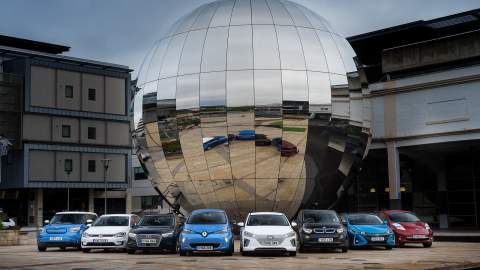
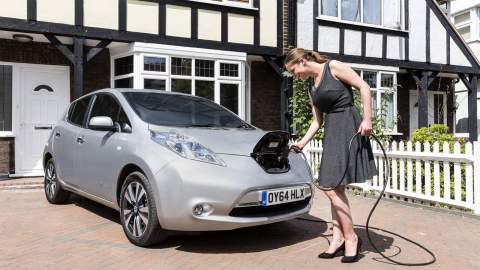
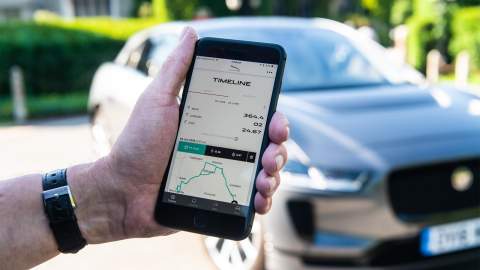
%20-%20LORES_480px.jpg)
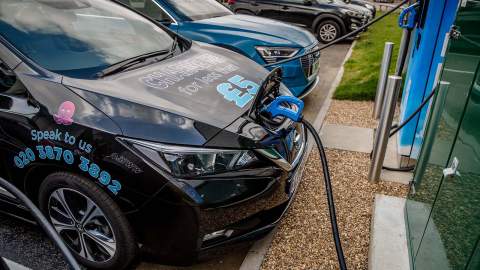
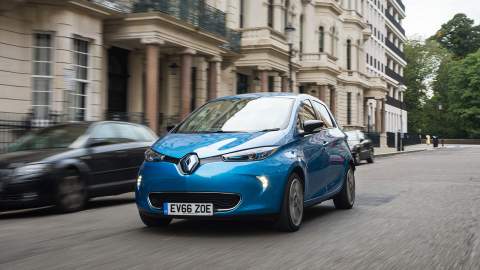

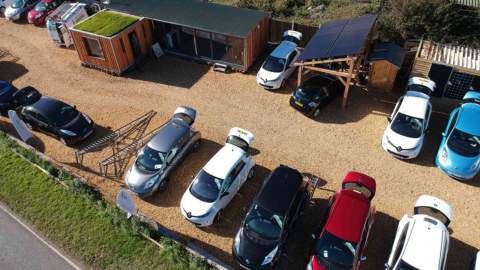
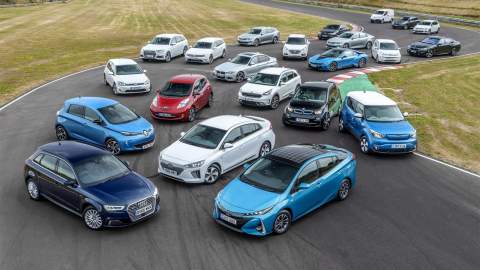

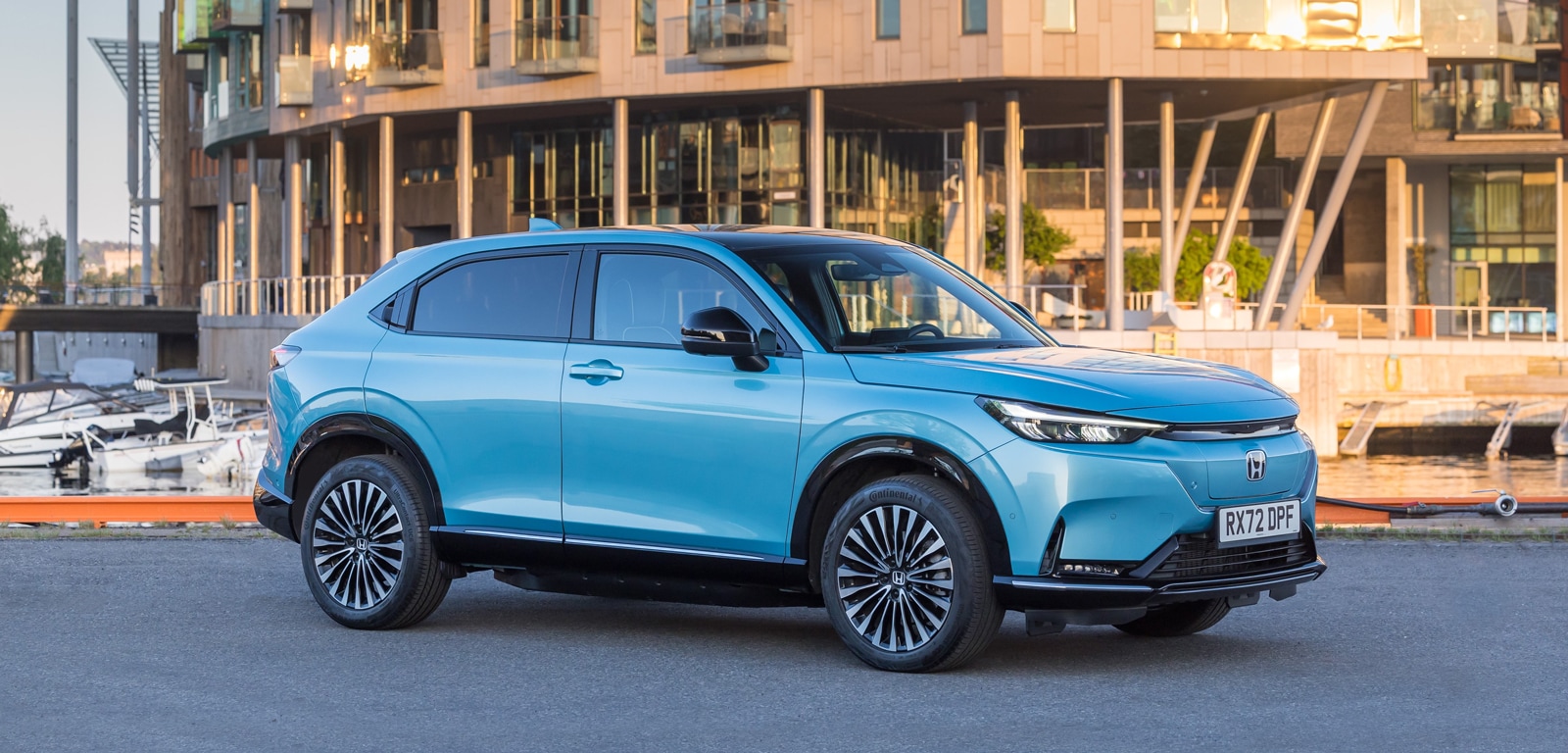
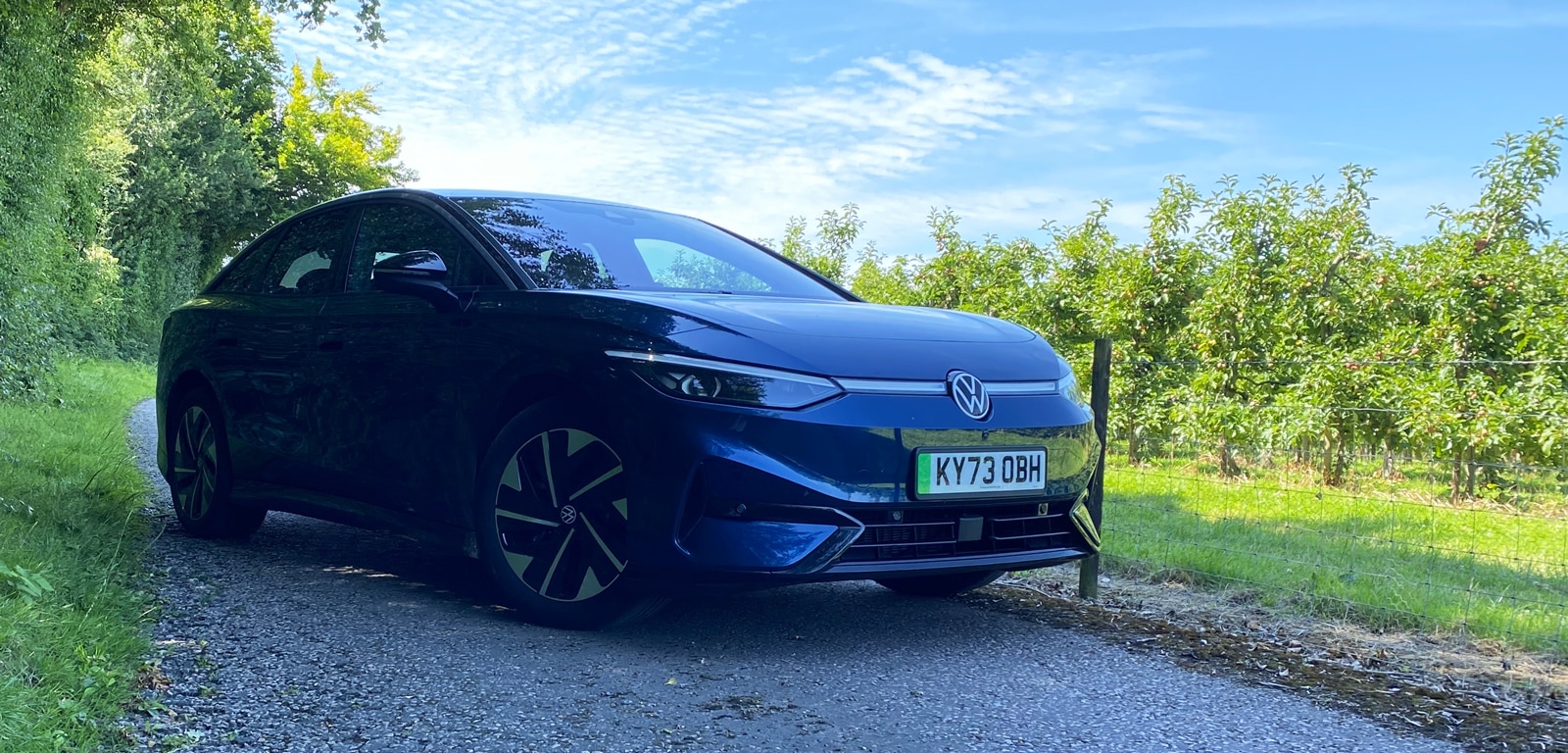
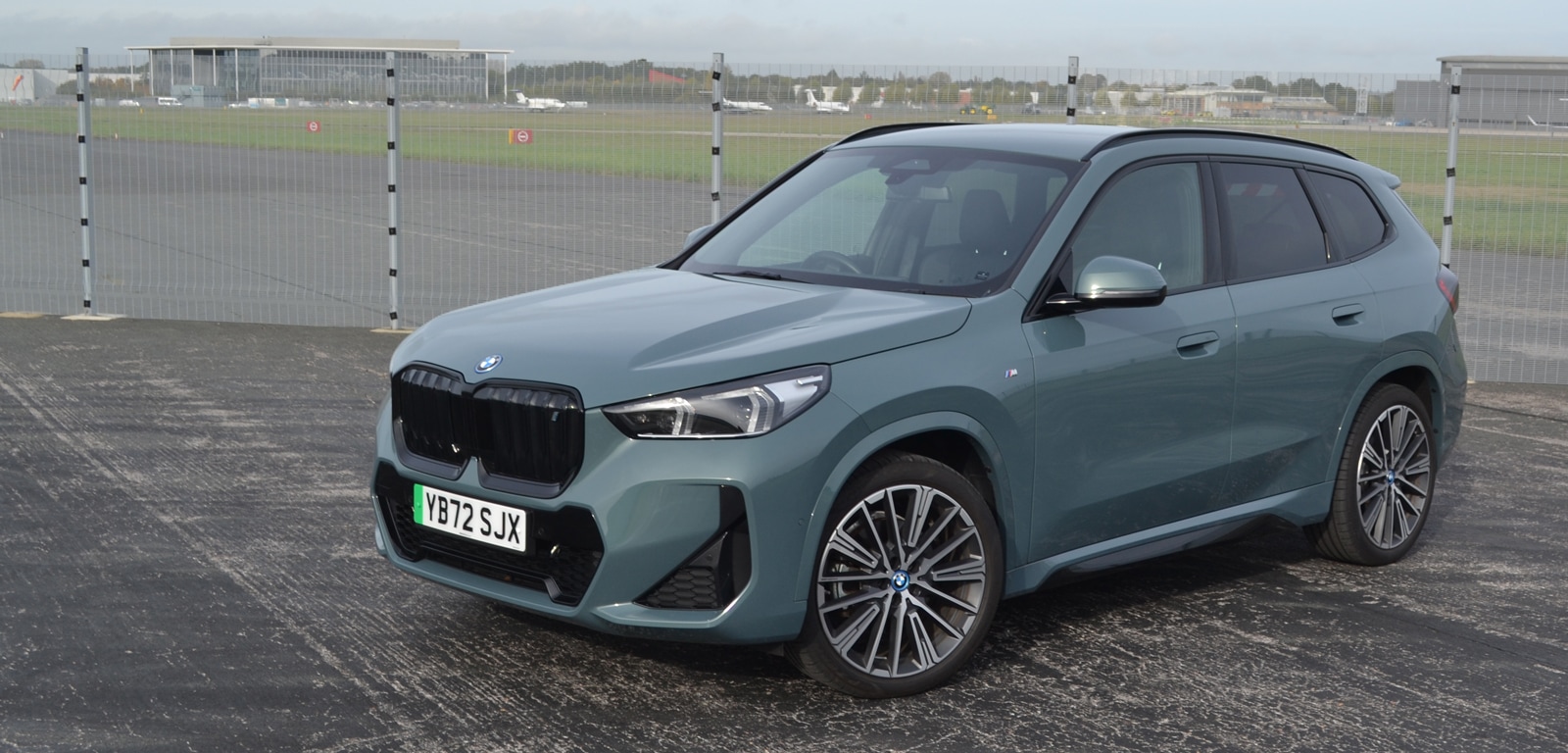

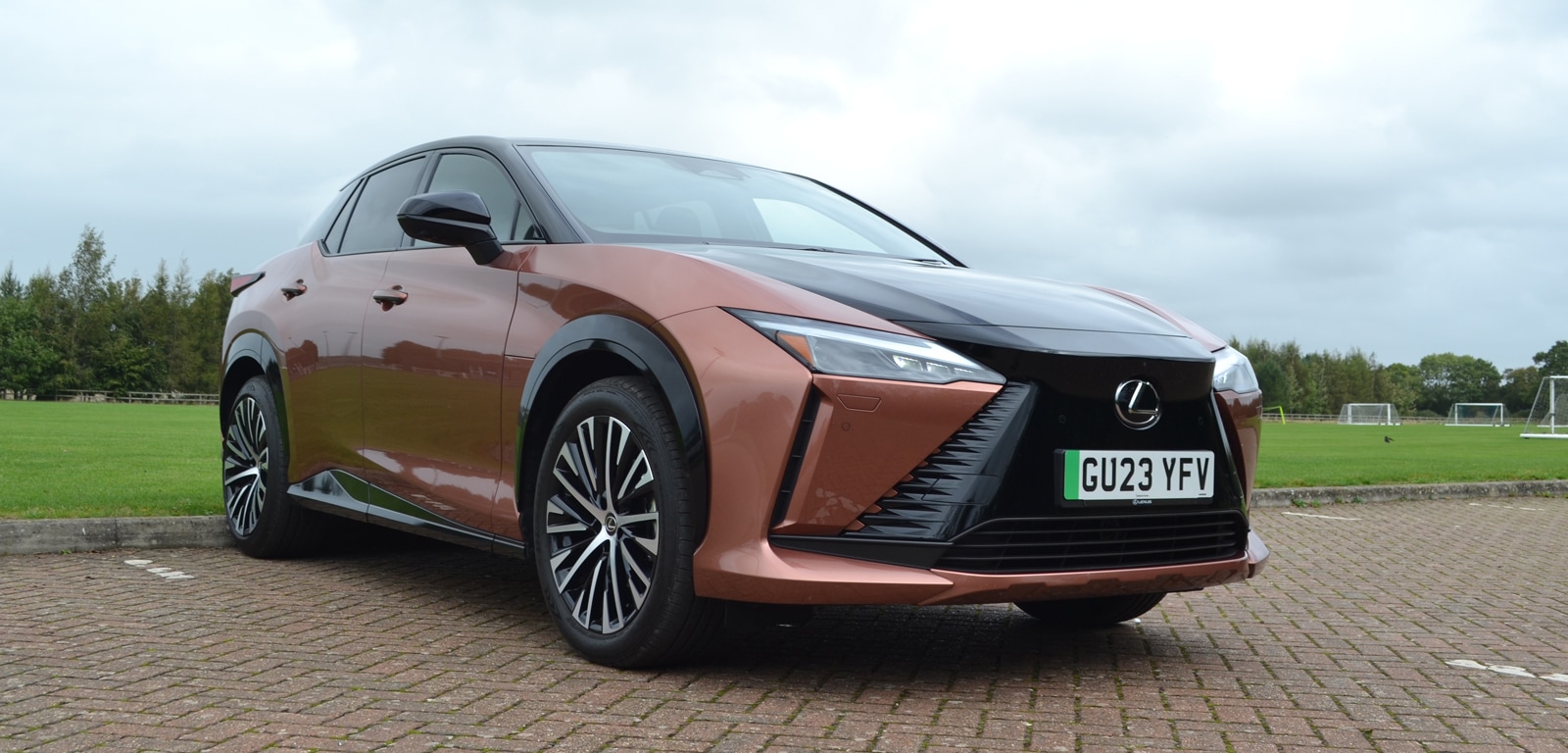


Comments (0)
Be the first to write a comment
Login/ Signup